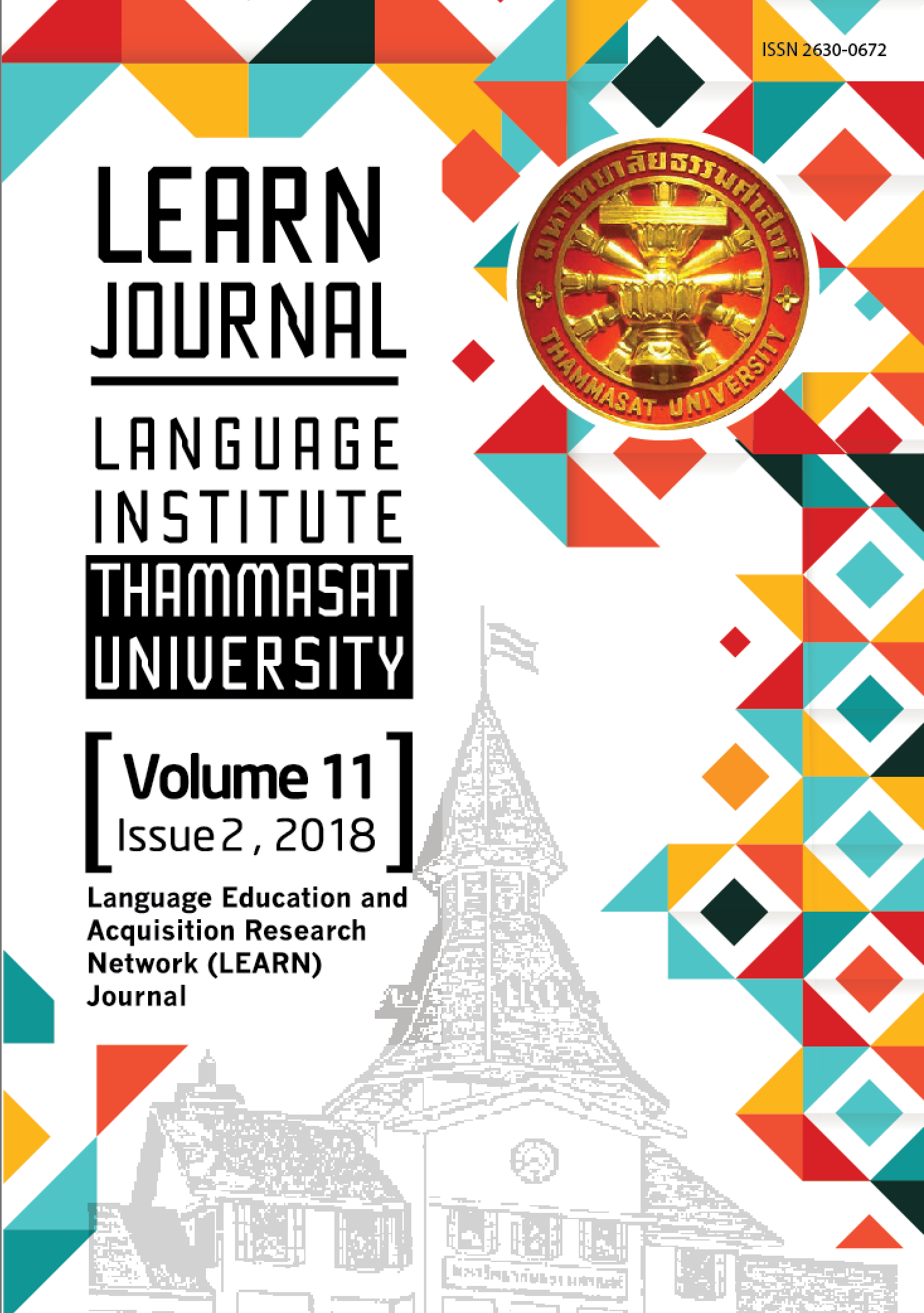Analyzing Interaction Practices in a Typical EFL Classroom Setting: A Case of Indonesia
Main Article Content
Abstract
An interaction is the heart of language teaching and learning. Classroom interaction initially refers to conversational exchanges between teacher, as an initiator, and students, as responders. However, the dimension of interaction in the classroom is not solely on conversational adjustment among interactants. The aim of the study was to report the classroom interaction practices based on the experienced-teachers’ perspectives at SMP (junior high school). Twenty experienced English teachers from eight SMP in Jakarta were taken part as research participants. The data were gathered through interviews and focus group discussions, completed by classroom observation/recordings. Then, the collected data were analyzed qualitatively. Major findings suggest some categories emerged as five-dimensional elucidation of classroom interaction practices for SMP in teaching English as a foreign language. Verbal interaction dimension covers the medium of instruction used in the classroom and the forms of teacher input and students’ output; as well as a non-verbal dimension in bridging the communication breakdowns. Pedagogic interaction then reveals the teachers’ concerns of class management for language learning environment. Furthermore, personal dimension indicates that teachers are aware of their roles to build a good rapport with the students by giving praise and humor. At last, teachers’ belief system of interaction appears to affirm that what teachers perceive about language learning, students and classroom circumstances construct their selections, preferences and practices applied in the class.


